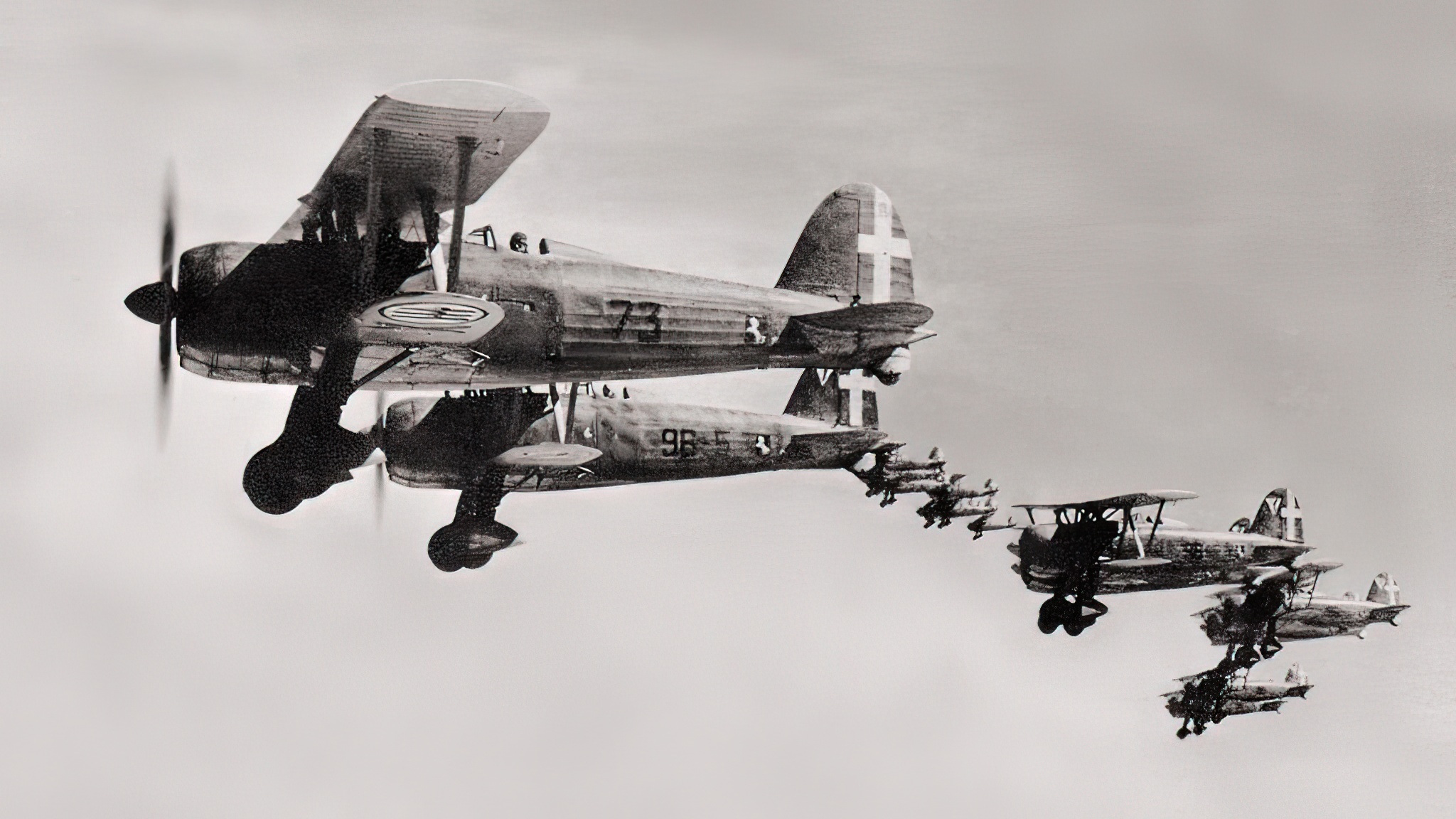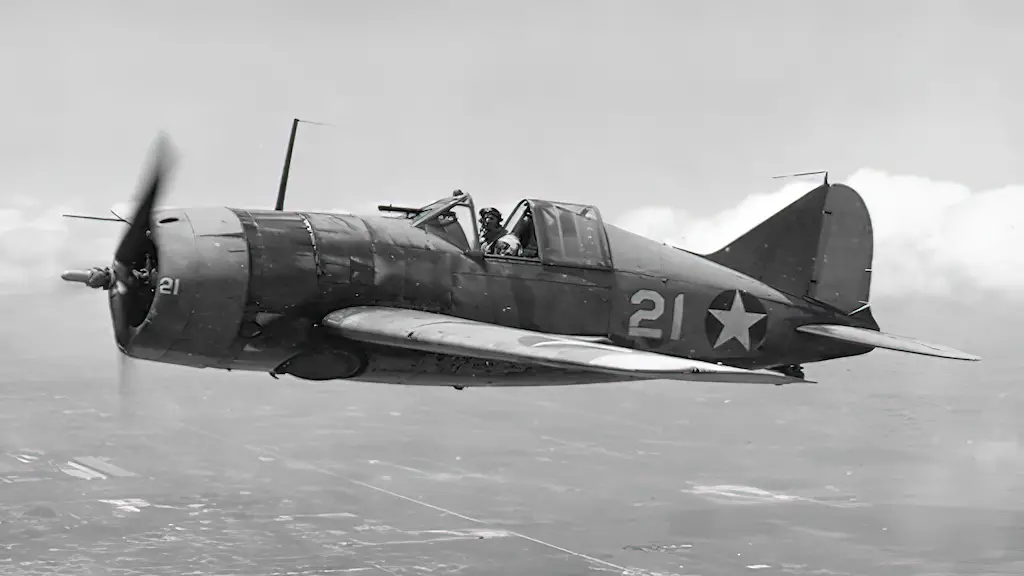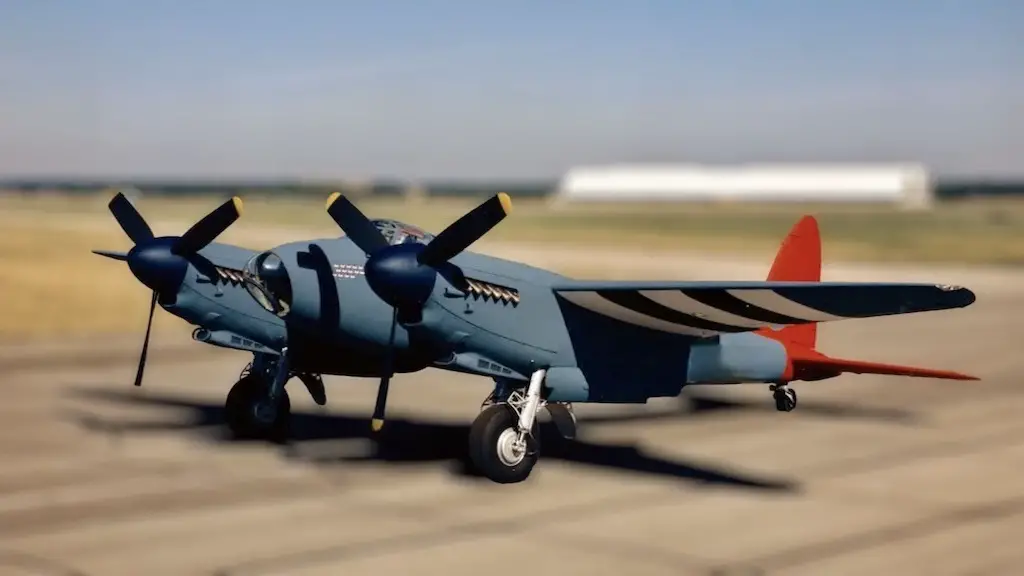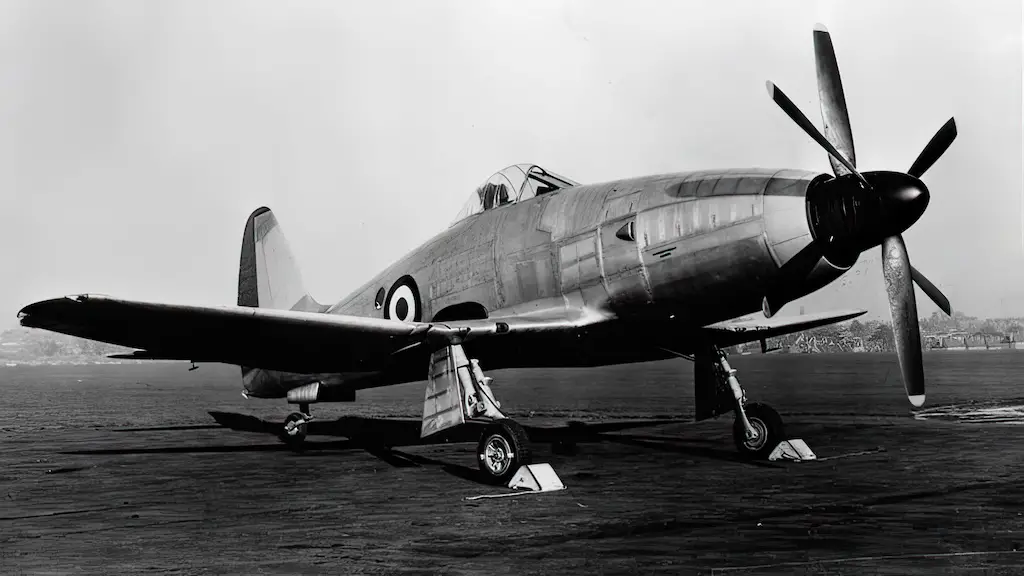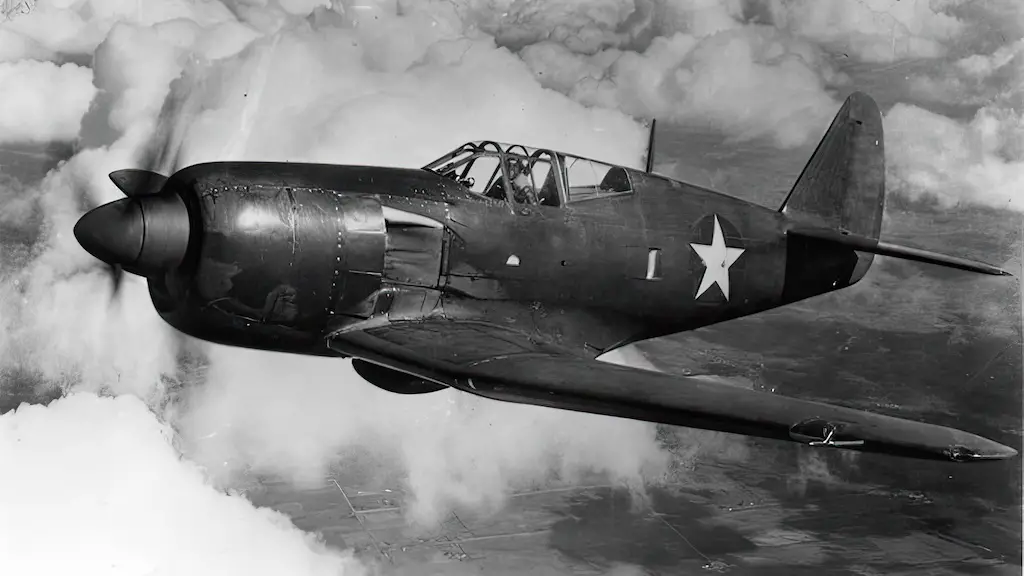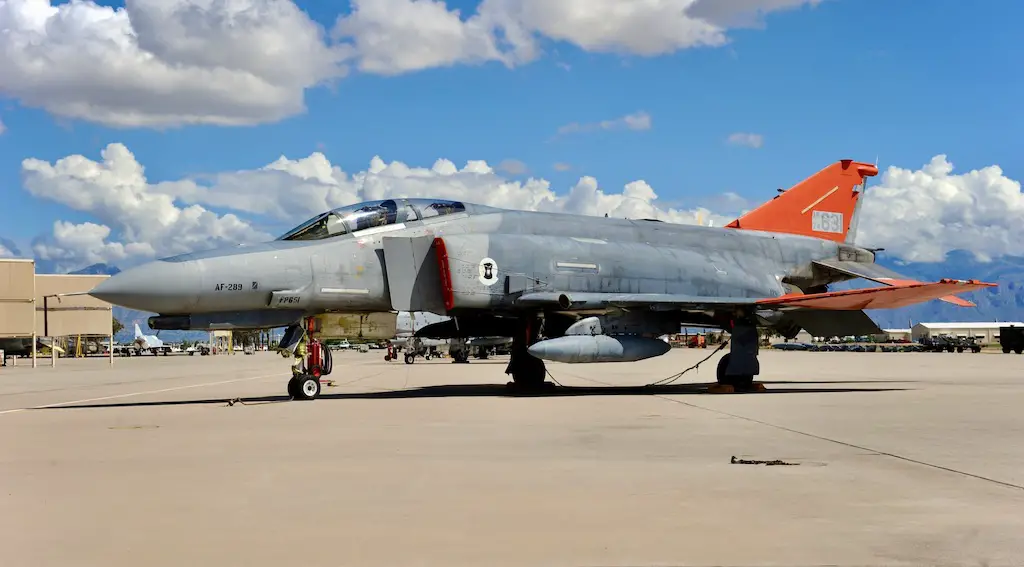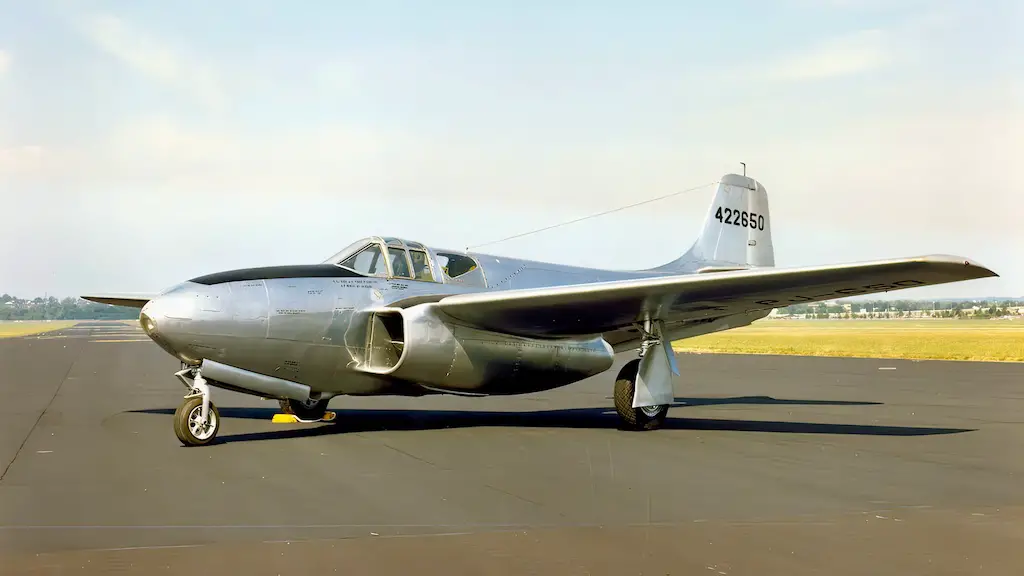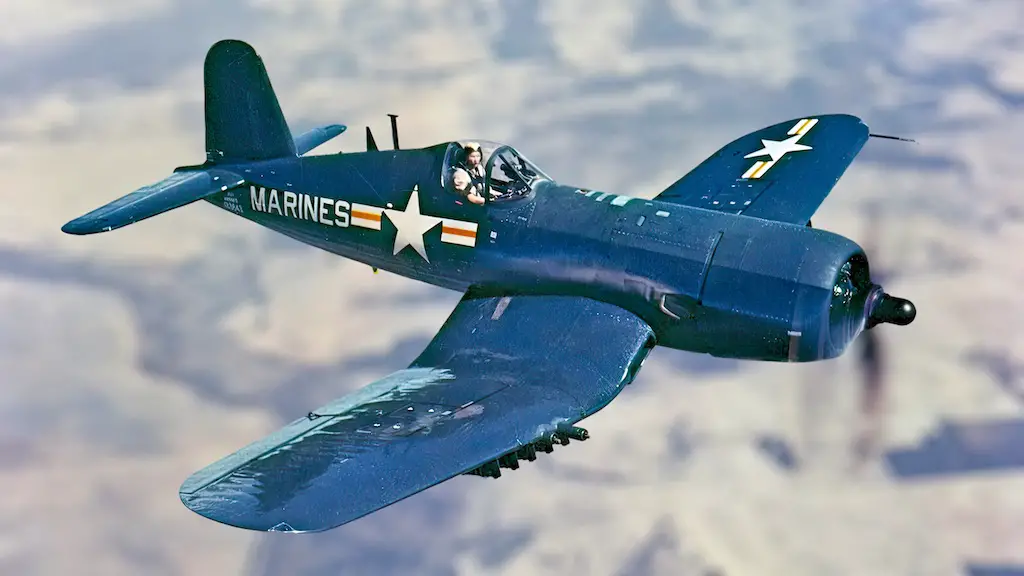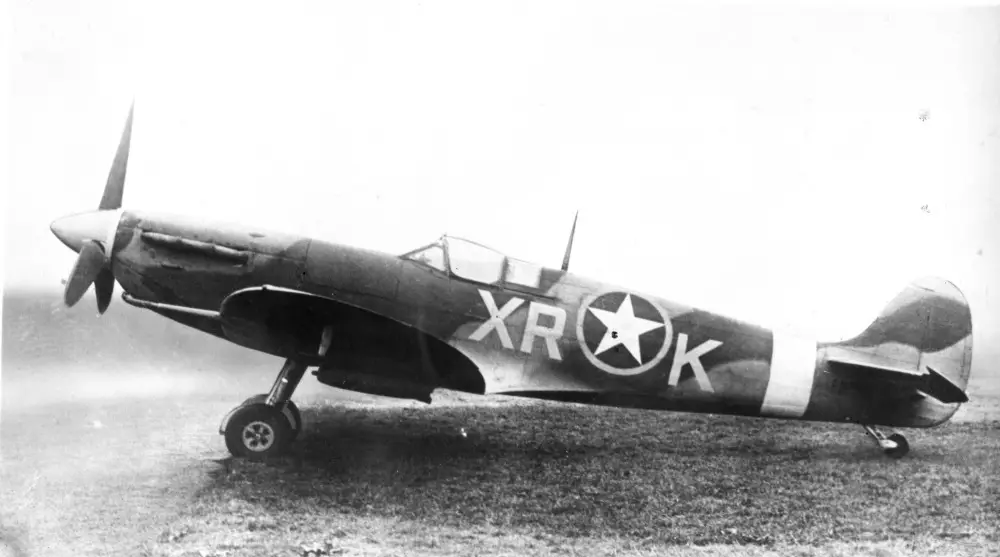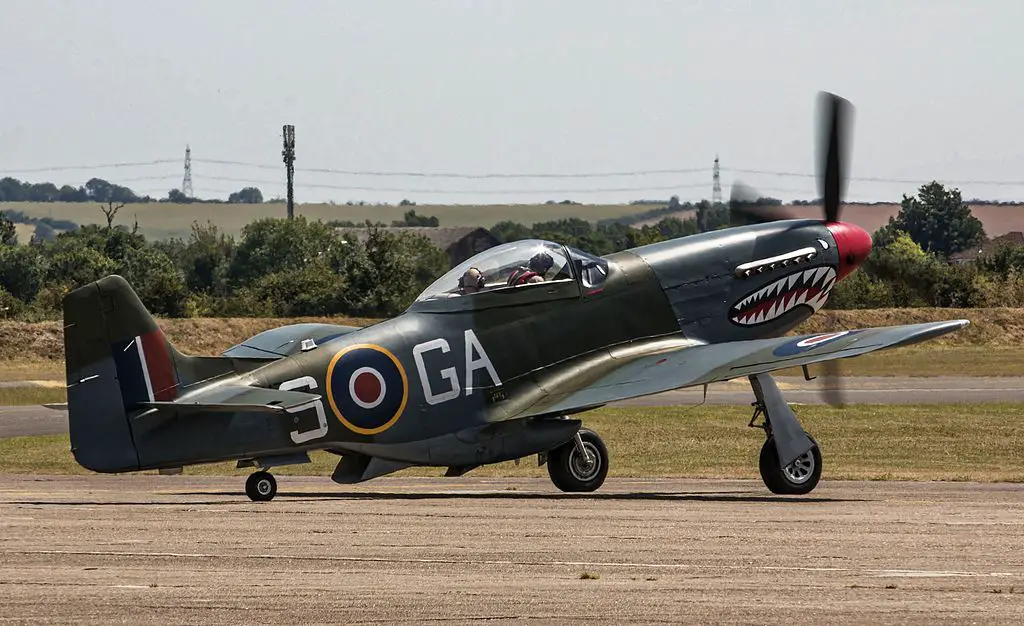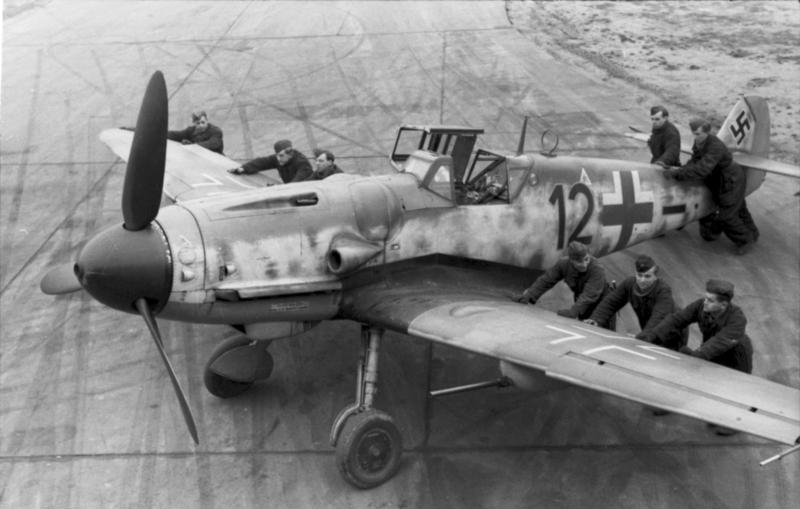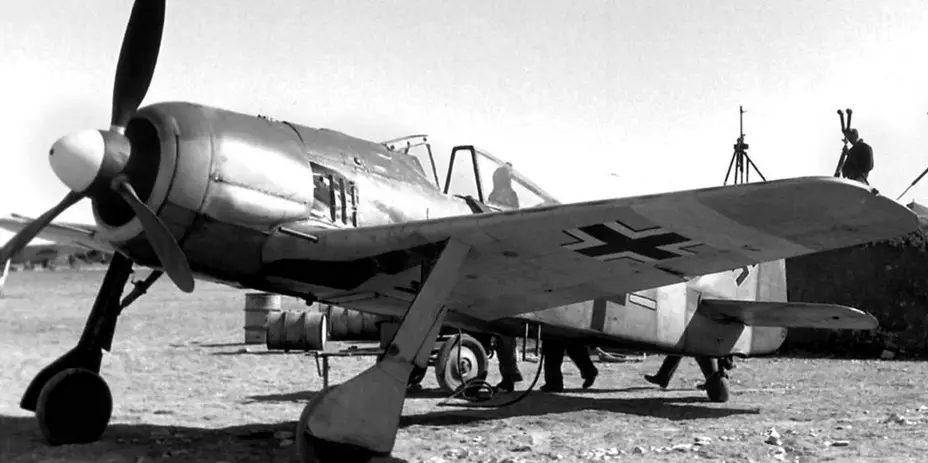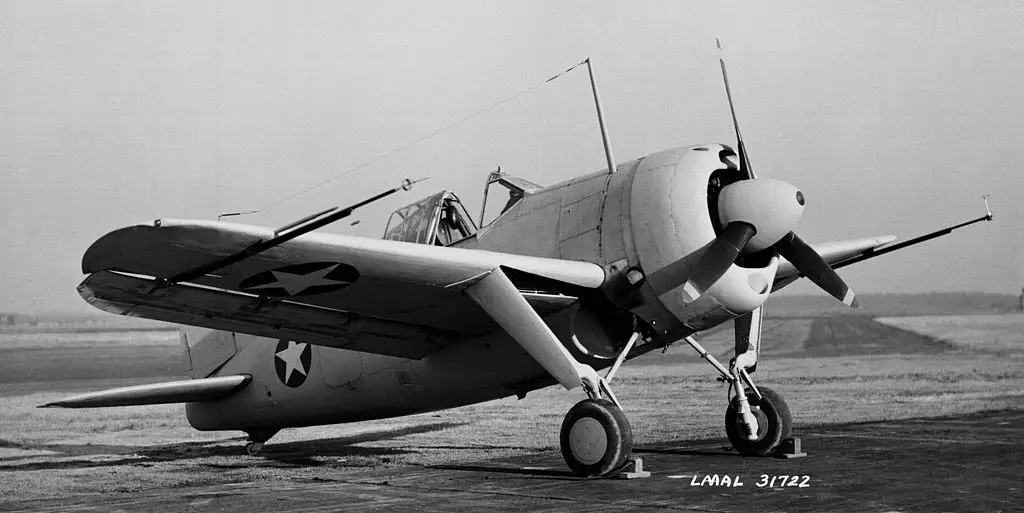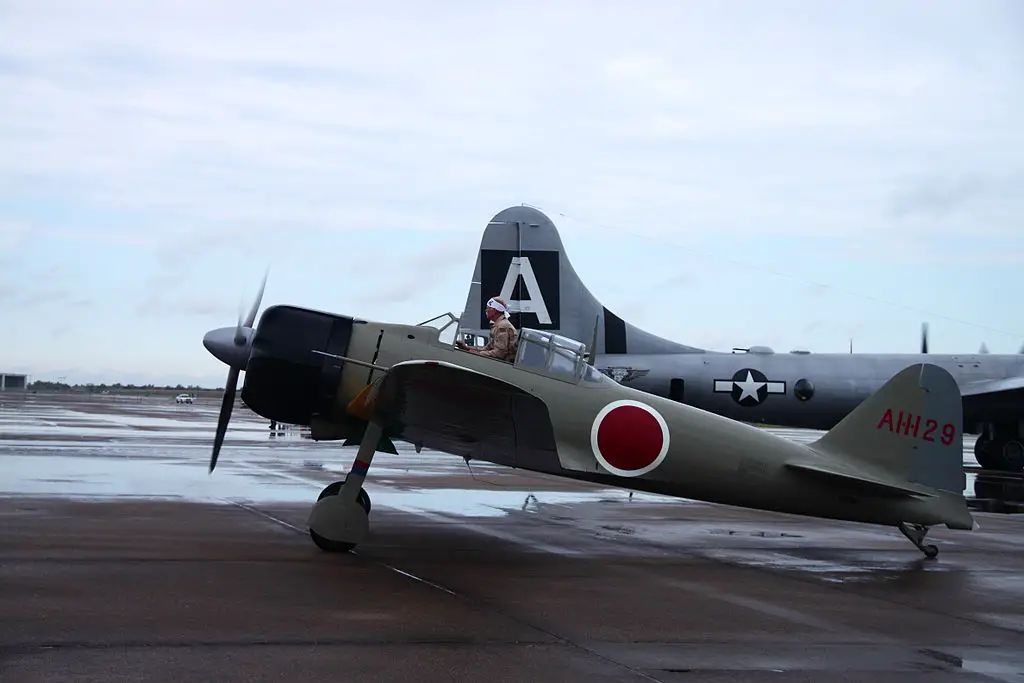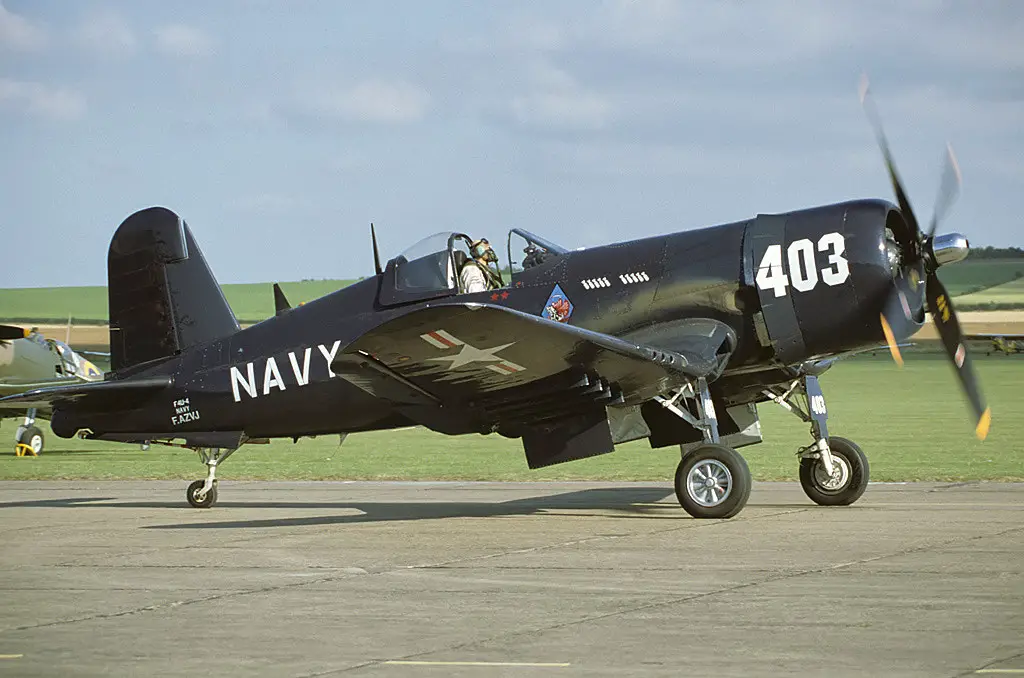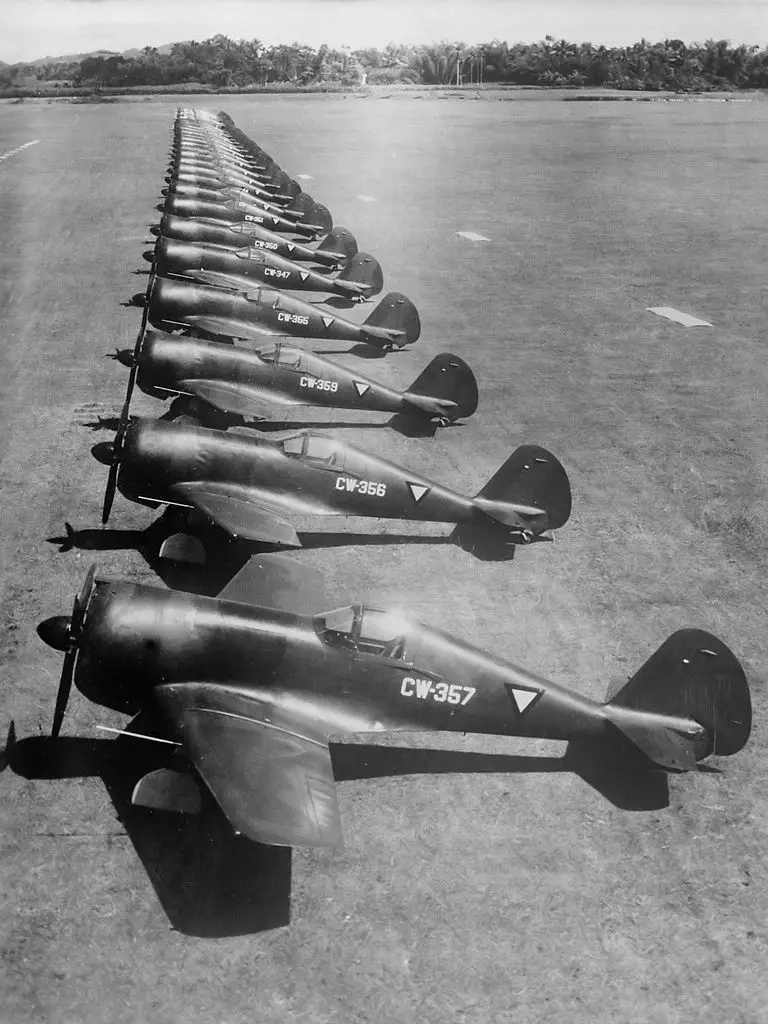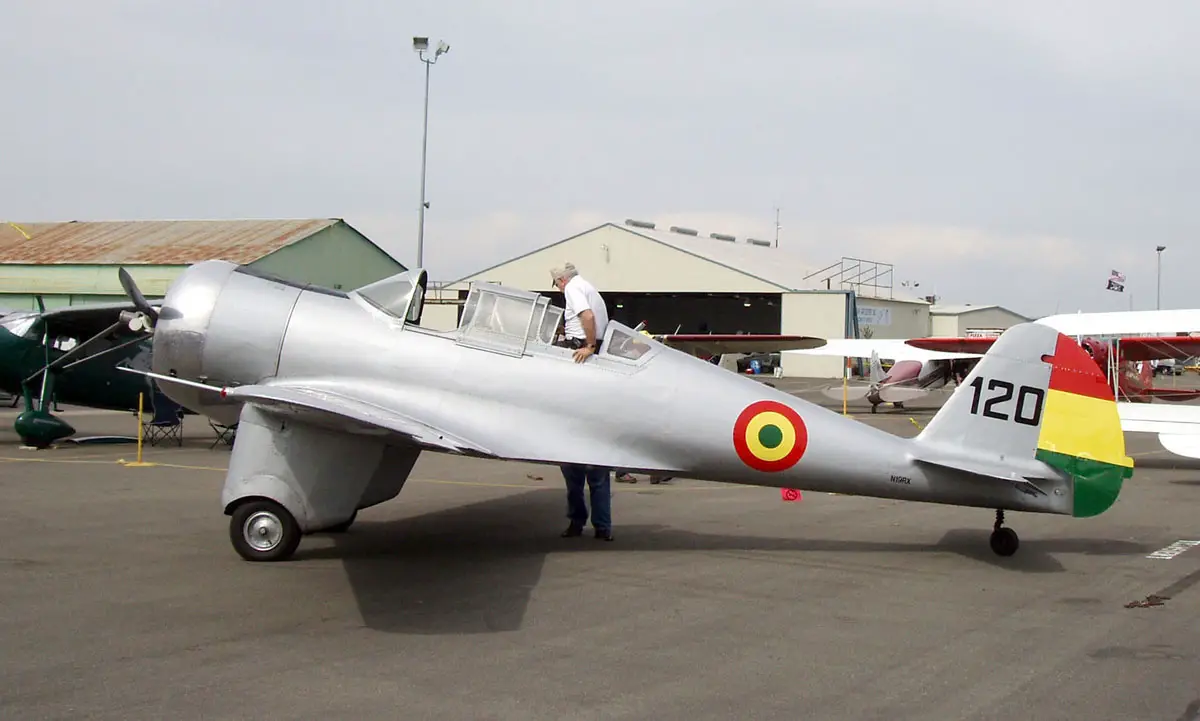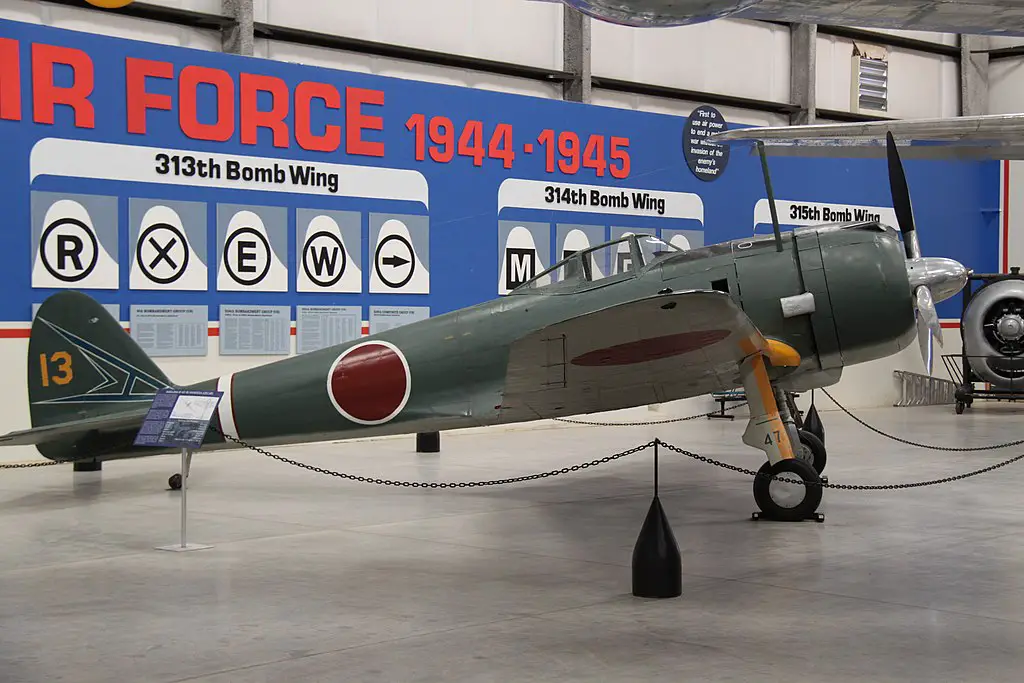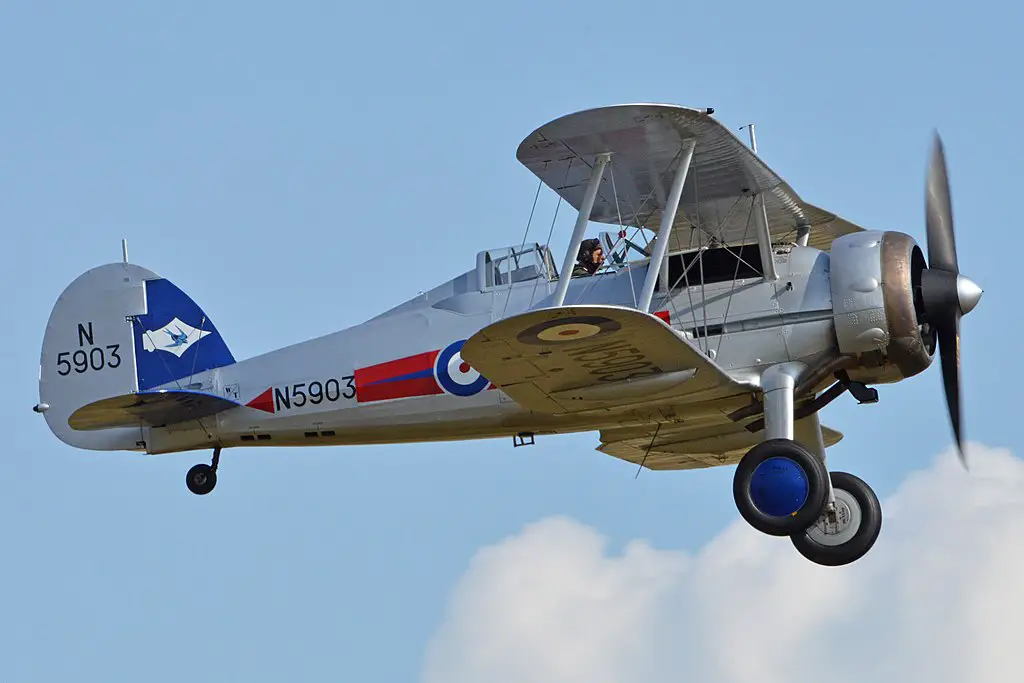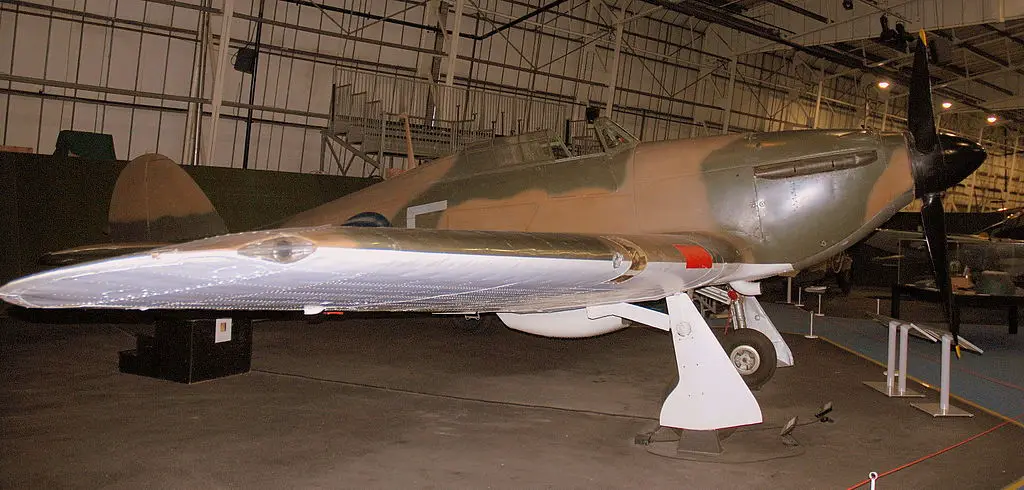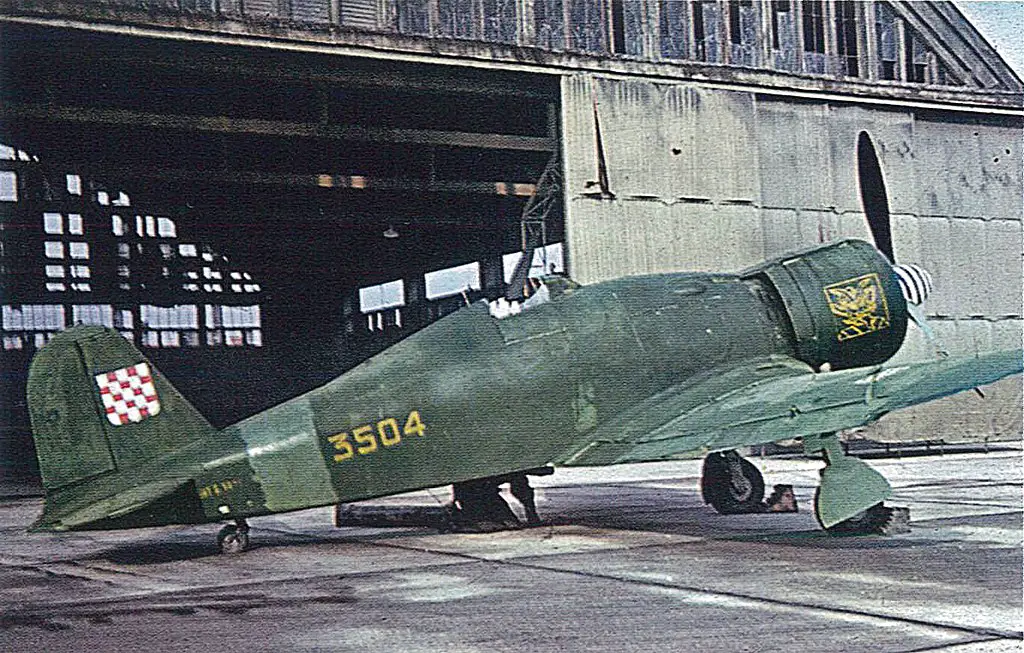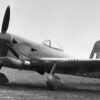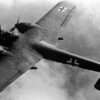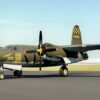There were many iconic and great fighters that graced the skies during WWII. Spitfires, P-51s, Bf 109, Fw 190, and many more can be envisioned locked in a dogfight by skilled pilots. Often it was down to a specific advantage of an aircraft, which allowed it to emerge victorious in a battle.
However, it is less often that people talk about the worst fighters, that for one reason or another were still allowed to enter service. While no one sets out to design a terrible airplane, variables outside a designer’s control can result in undesirable results. Some of these planes were already obsolete when they rolled off the assembly line.
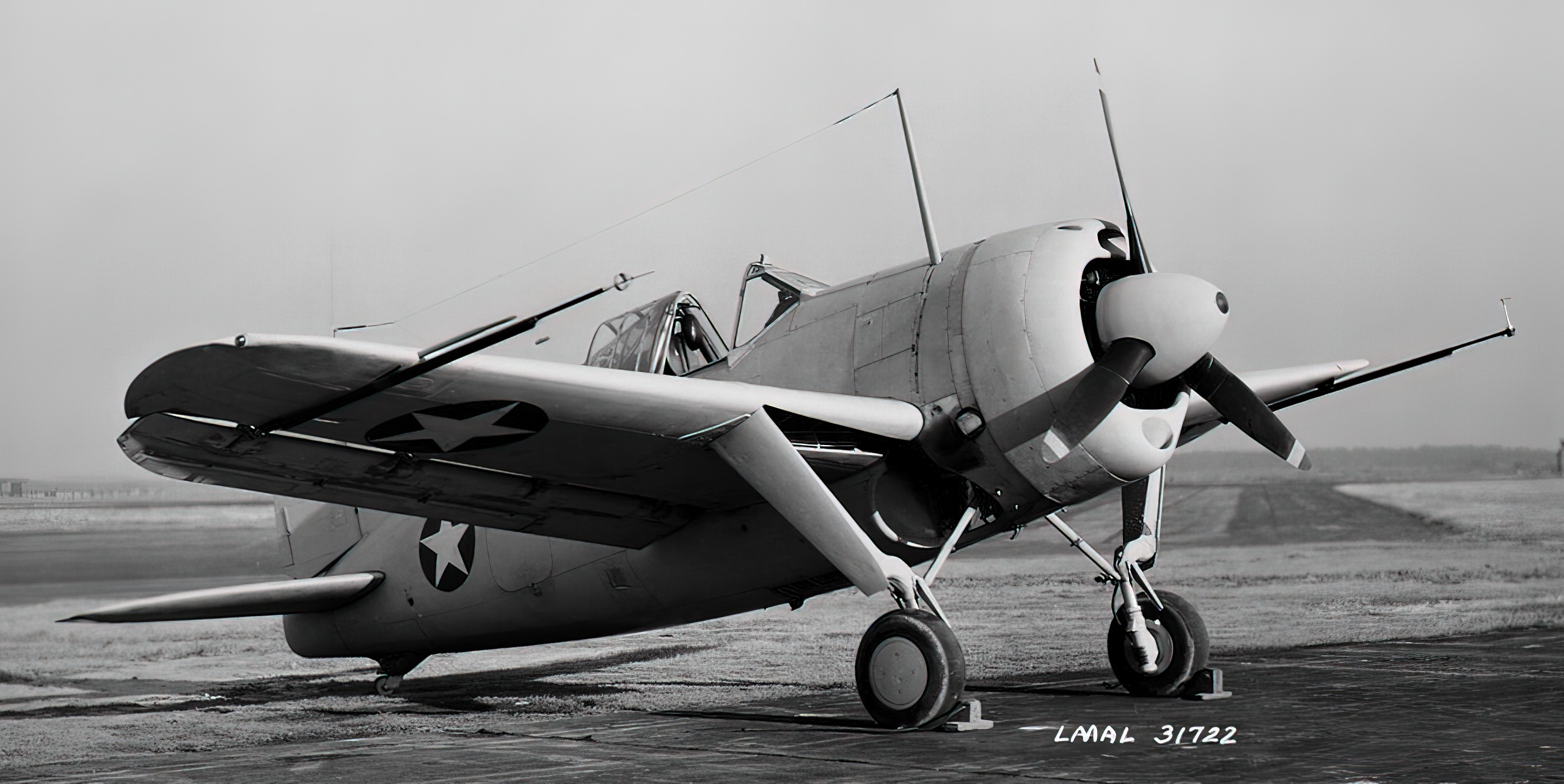
Brewster F2A Buffalo
This ineffective carrier-based fighter, produced by a corporation controlled by an aviation consultant to the Navy’s Bureau of Aeronautics, established a catastrophic reputation with the US Navy, US Marines, and the Royal, Royal Australian, and Royal Netherlands East Indies Air Forces.
Only the Finns made a remarkable exception with the B-239 export variant, however, that success has been attributed more to the quality of their training and doctrine — as well as their Soviet enemies’ relative inexperience — than to the Buffalo’s virtues.
The way FAF used the Buffalo was also very different from the USAF. The pilots came up with their own version of the famous “boom-n-zoom” tactics. While the engine of the plane didn’t have sufficient power to perform a traditional “boom-n-zoom,” climbing very high and diving through the enemy formation still did the trick. Using this method, the pilots would try to shoot down an enemy aircraft each, significantly weakening the formation and making it easier to finish off the remaining planes.
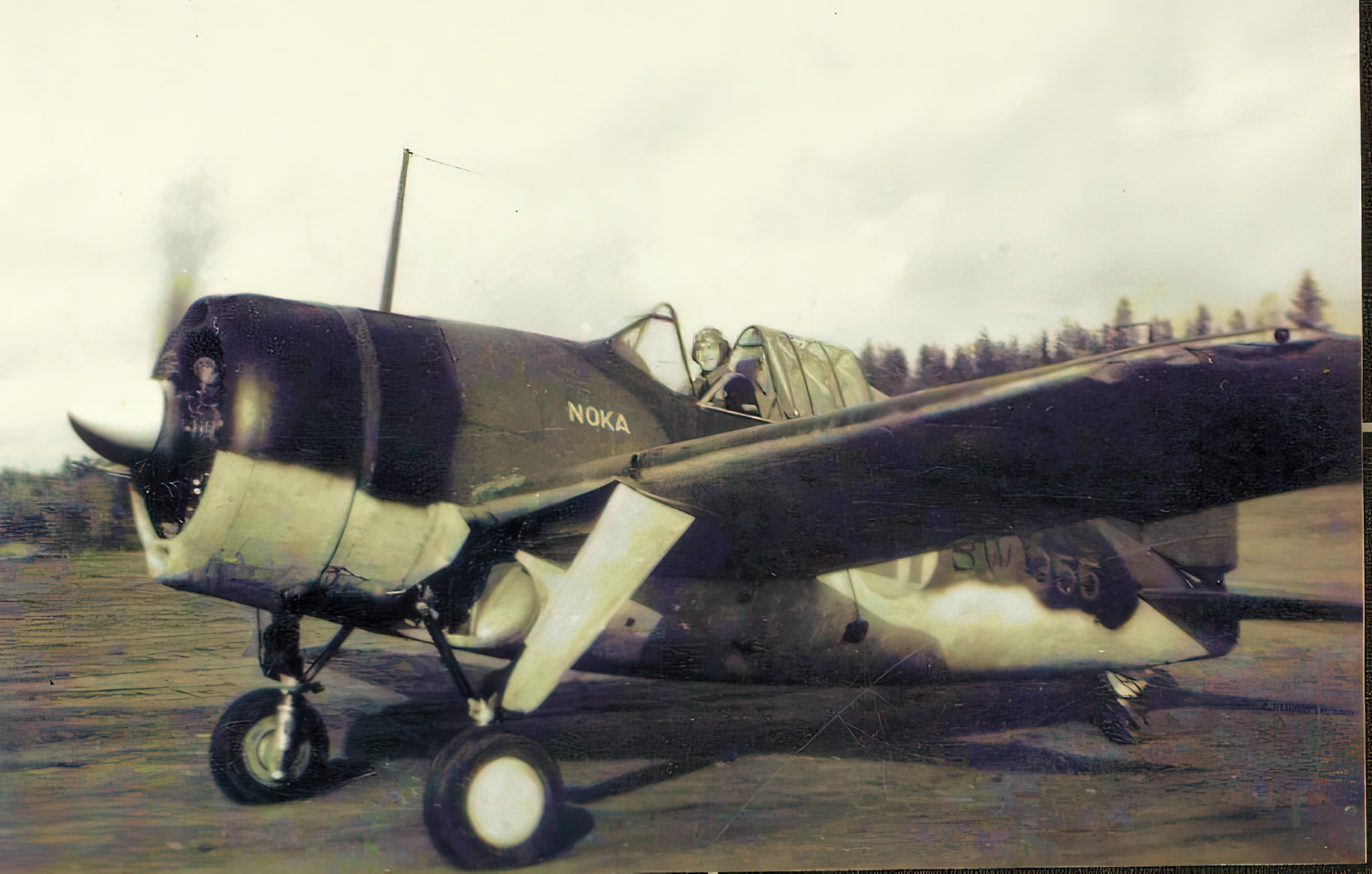
The men who flew these aircraft were the battle-hardened pilots of Lentolaivue 24. This squadron consisted of the best Veterans of the Winter War, and they once again would prove their worth during the Continuation War. The squadron claimed 877 aerial victories for a loss of 38 aircraft and 18 pilots.
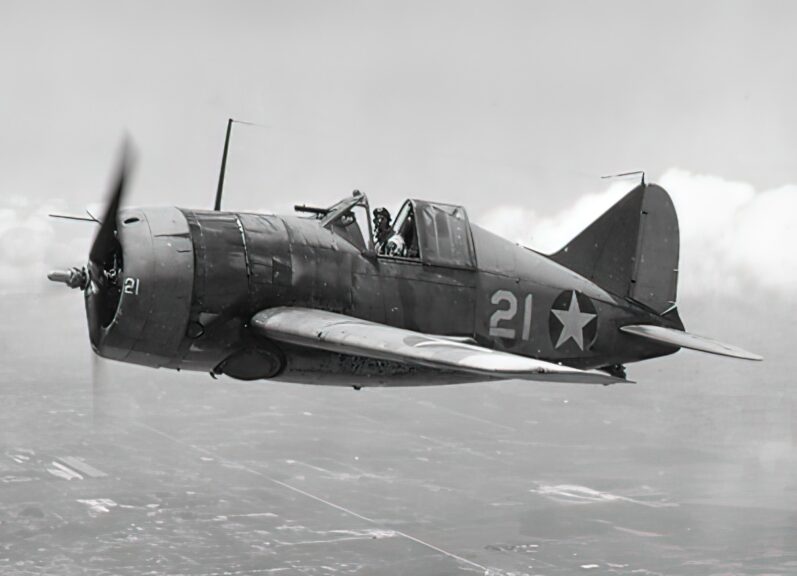
Brewster Aeronautical management stated that they were the victims of sabotage, however the problem could have been their own faulty manufacturing processes. The factory was a multistory structure in an urban section of Queens, New York, an unsuitable location for aircraft production.
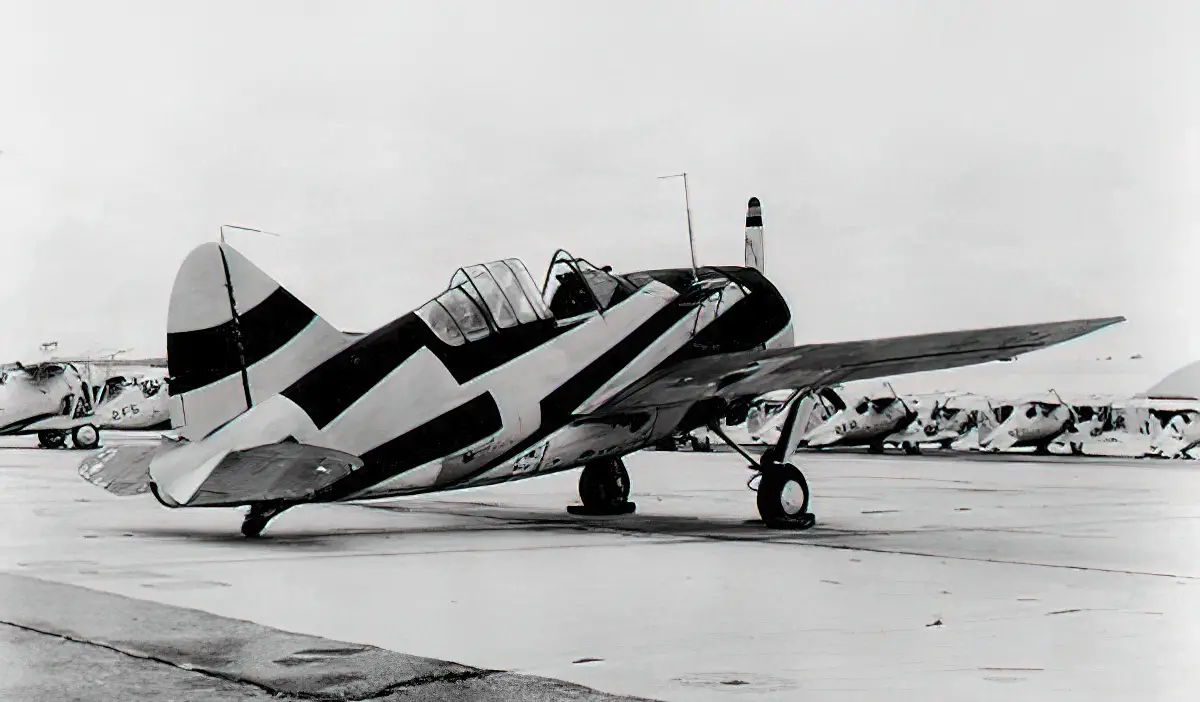
For the final assembly, components manufactured on several floors were brought together. After that, the finished aircraft had to be disassembled and reassembled elsewhere for flight testing. In other words, every Brewster aircraft were produced twice for all intents and purposes.
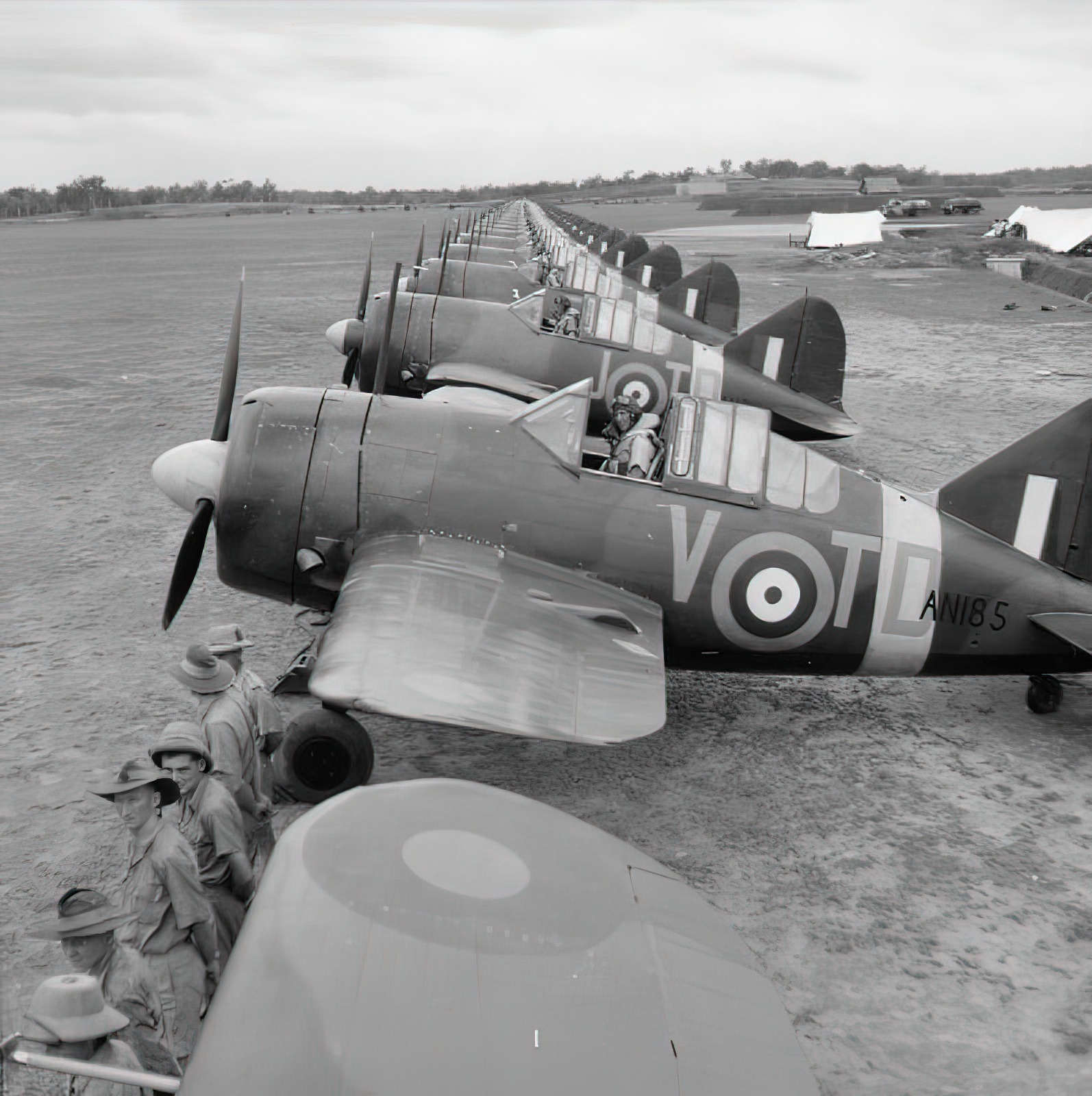
But that was perhaps the least of the issues with an overweight, underpowered jet that was routinely outflown by faster and more agile competitors. Marines on Midway Island who had the misfortune of flying it against Japan’s Mitsubishi A6M2 Zero dubbed it the “Flying Coffin.”
Brewster went on to construct the Vought Corsair under license as the F3A-1, but it also messed up. Brewster-built Corsairs had so many quality-control problems that none were accepted for front-line service, and the company went bankrupt in 1946.
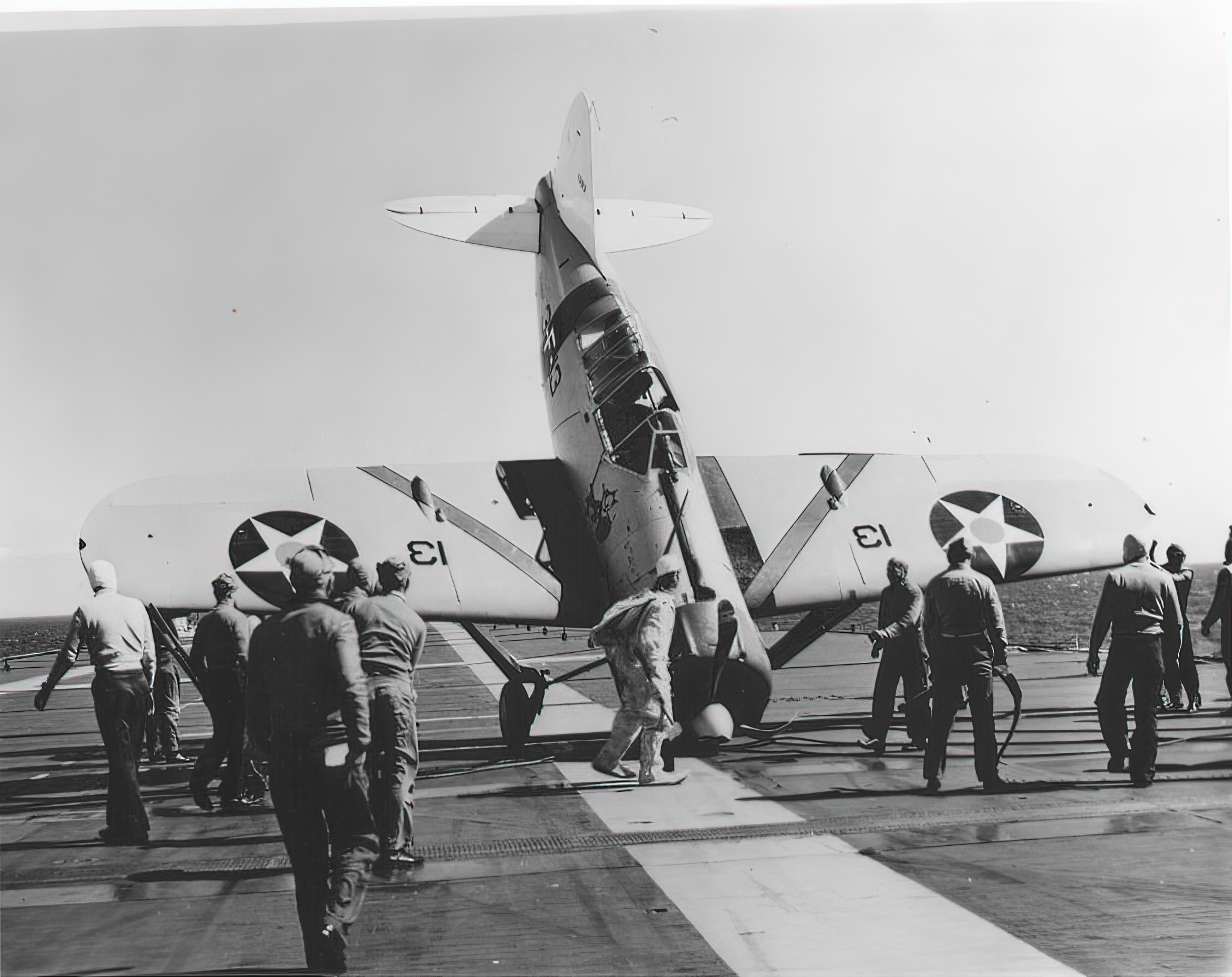
Curtiss-Wright CW-21 Demon
Creating a fighter from a trainer is frequently a desperate act during wartime, as was the case with Australia’s Commonwealth Boomerang. Before the war, the Curtiss-Wright section of the Curtiss Aircraft Corporation tried it as well, when the US was not in such desperate need.
The CW-21 Demon, developed in 1938 from the CW-19, a two-seat trainer with which the manufacturer had some success in the international market, was billed as the “fastest-climbing interceptor in the world.” Despite the fact that the US Army Air Corps was opposed to the CW-21, the manufacturer was able to sell several to China and the Netherlands.
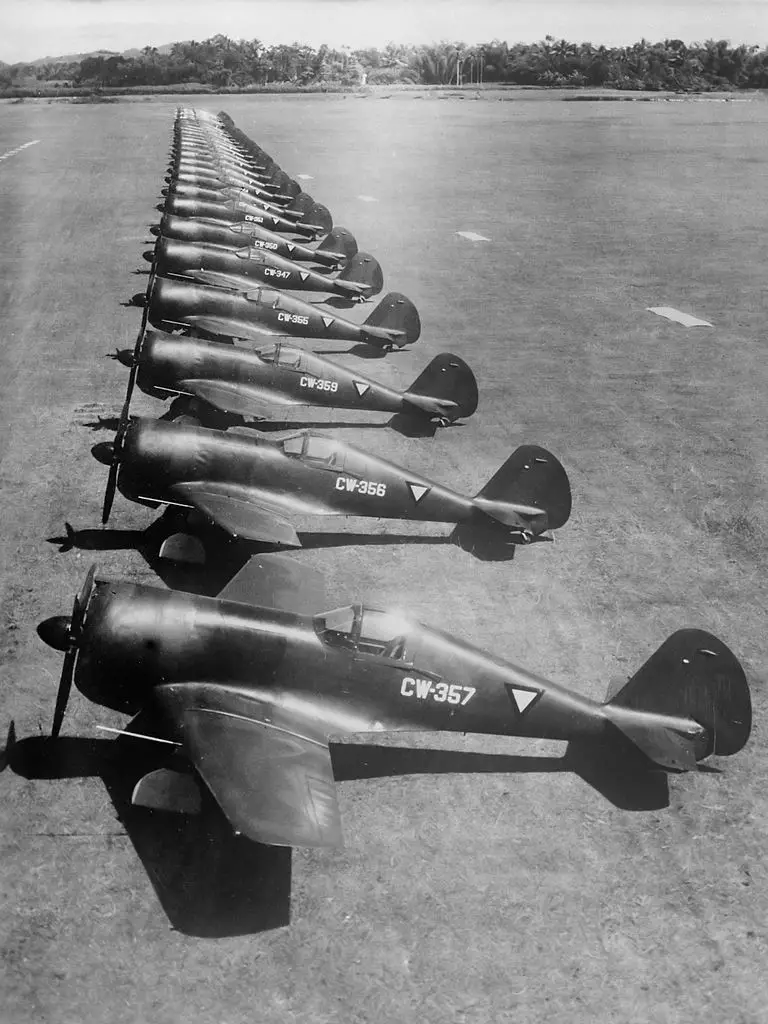
In addition to the prototype, China purchased three complete airplanes and 27 sets of components for assembly in China. However, how they would have performed in combat is unknown because three production fighters crashed en route and the rest were never assembled.
Since the Germans invaded the Netherlands in May 1940, the 24 CW-21B fighters ordered by the exiled government were delivered to the Dutch East Indies in early 1941. Despite being slightly improved with flush-retracting landing gear instead of the original CW-21’s “clamshell door” fairings, the CW-21B was no match for Japan’s Zero. The Japanese army’s Ki-43 fighter, which the CW-21B also confronted, was widely panned for being weak, under-armed, and deficient in armor protection.
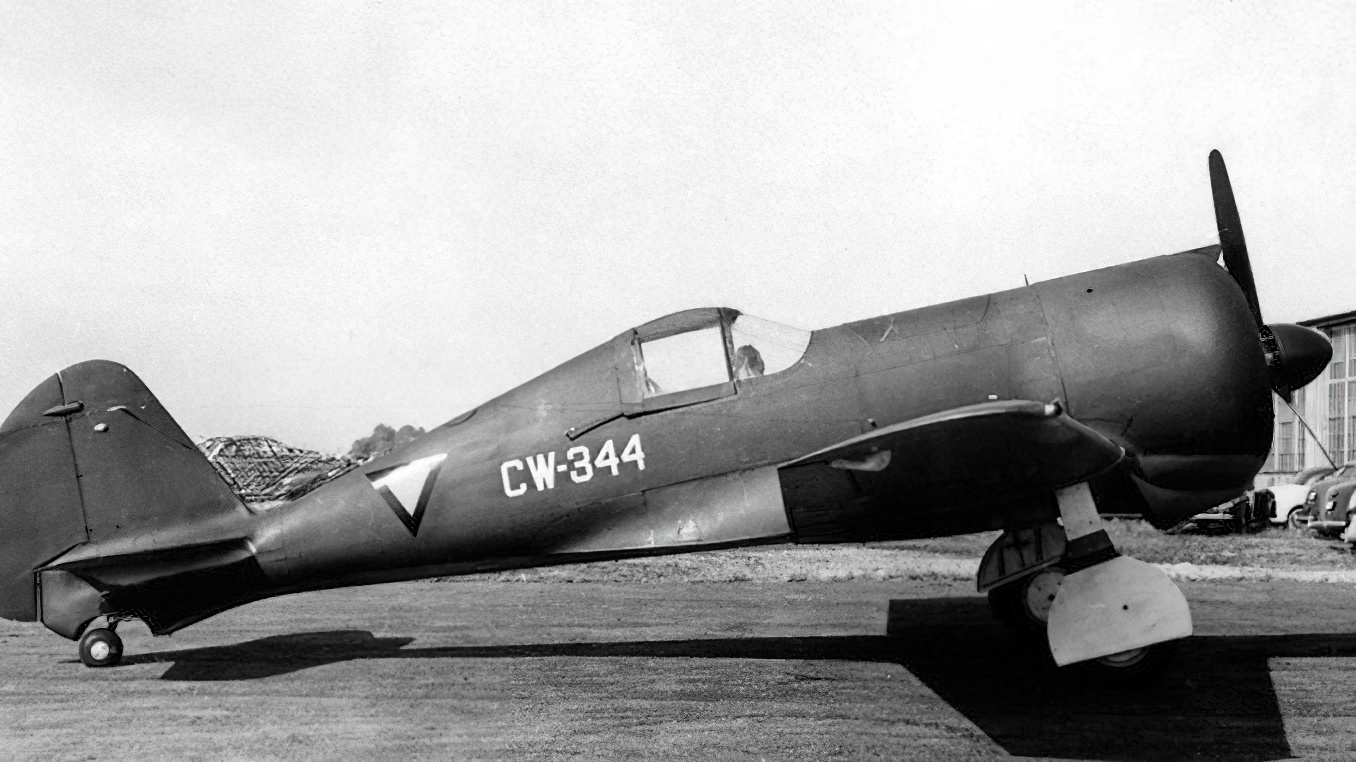
However, the CW-21B lacked armor, was 1,000 pounds lighter and was only equipped with two.30-caliber and two.50-caliber machine guns, as opposed to the Ki-43’s two 12.7mm machine cannons. First Lieutenant R.A.D. Anaemet, who commanded a squadron in Java, described the CW-21B as “far from a terrible aircraft, but simply outperformed…in practically every key performance category by its opponents.” Within three months of Japan’s invasion of the East Indies, they were all wiped out.

Fiat CR.42 Falco
The Fiat CR.42 was widely employed by Italy and other nations during WWII and is widely recognized as one of the finest biplane fighters ever manufactured. However, therein lies the fatal flaw: The CR.42 was a fabric-covered, open-cockpit biplane with fixed landing gear, mainly a modification of an already outmoded World War I model.
Much ink has been spilled over whether the CR.42 was better than Britain’s Gloster Gladiator. The bottom line is that when the CR.42 prototype first flew in 1939, the Royal Air Force regarded the Gladiator, which first flew in 1934, to be obsolete. Supermarine Spitfire monoplanes, which were 100 mph faster than the CR.42, were already common in RAF service at the time.
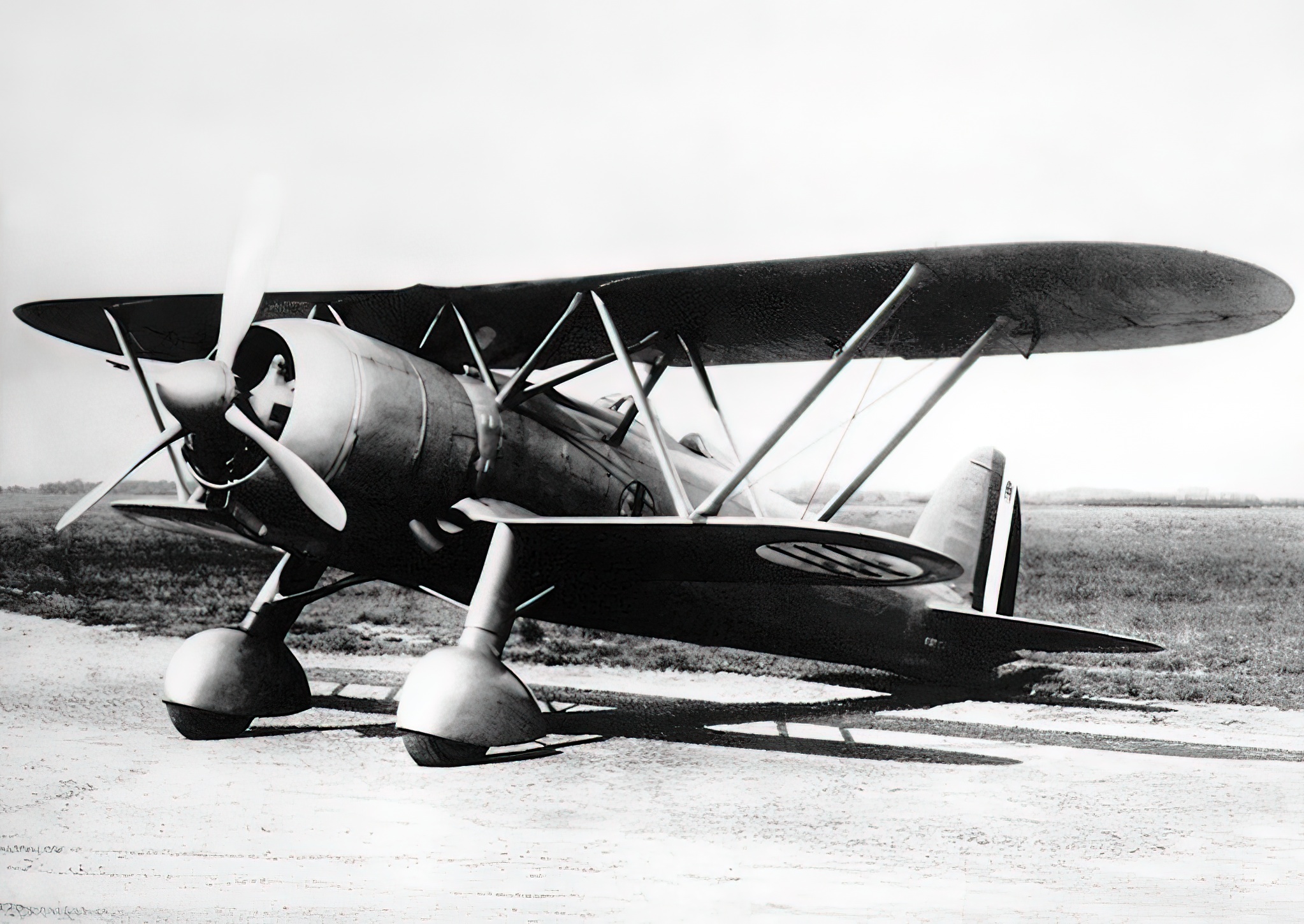
The CR.42 had some early success against British fighters, owing to the British pilots’ attempts to engage in maneuvering dogfights with them. The British soon turned the tables on the CR.42s after determining that their Hurricanes and Spitfires could use their superior speed and diving qualities to defeat the Italian biplanes.
What makes the CR.42 even more puzzling is that Fiat manufactured a successful monoplane fighter, the G.50, in 1937. All-metal construction, retractable landing gear, and an enclosed cockpit were among its modern characteristics. The G.50 entered squadron service in 1938, a year before the first flight of the CR.42.
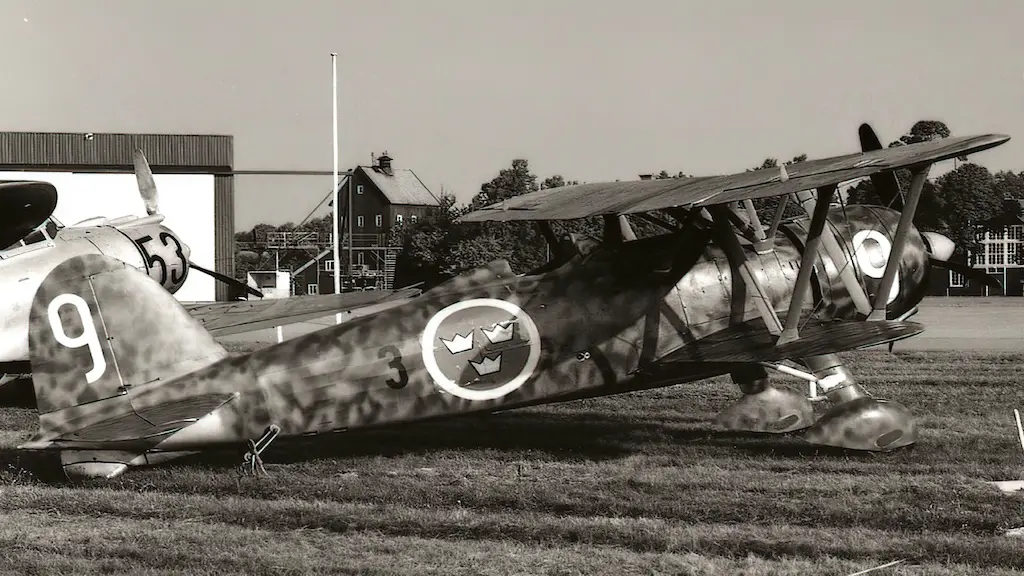
Furthermore, while the G.50 was not the fastest fighter of its day, it was 20 mph quicker than the CR.42 when powered by the same engine. Anyone should have realized that the CR.42 was obsolete before the first prototype took off.
Nonetheless, not only did Regia Aeronautica place a large order for the CR.42, but Fiat also managed to export it to Belgium, Hungary, and Sweden. Fiat produced 1,784 of these obsolete biplanes, more than twice as many as the company’s 688 G.50s.
While much has been said about the virtues of this flying anachronism, the question of why Fiat and the Regia Aeronautica bothered to construct it in the first place remains unanswered.
